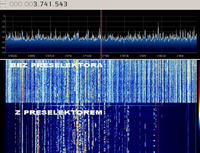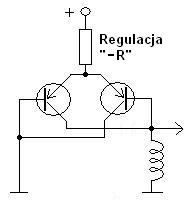Had a goodness multiplier so active? It should definitely improve the signal quality.

Czy wolisz polską wersję strony elektroda?
Nie, dziękuję Przekieruj mnie tam

tepek wrote:this attached antenna is worth nothing, I thought to cut the cable and connect it to the antenna cable. Will it be an exam?
lysy1980 wrote:Do you know that if you have drivers for SDR reception installed, the TV will not work?
darek89a wrote:and how is such a converter made and how to connect to the tuner
BOOM i ZONK wrote:You can also like this:
https://www.elektroda.pl/rtvforum/topic2353101-270.html#13914702
